(Brantôme 1885 - 1958)
Saint Circq Lapopie
Watercolour
H. 23 cm; W. 29.5 cm
Provenance : Private collection, Basque Country
Robert Dessales-Quentin was born in one of the most beautiful villages in France: Brantôme, nicknamed the Venice of Périgord, since it was located on the banks of the Dronne, a river that became a natural defence by encircling the town. This small town in the north of Périgord was the artist's playground throughout his life. At the age of four, he completely lost his hearing following unsuitable treatment for his intolerance to quinine, which was then unknown. His father, a notary from Brantôme, decided to send him quickly to Paris where he would continue his studies at the National Institute for the Deaf and Mute. Aware of his artistic tastes, his parents had him enrolled at the Jullian Academy, in the studio of the famous Jean-Paul Laurens. A man of taste and terribly attached to his land. Dessales-Quentin would easily gravitate towards landscapes rather than the history painting to which his studies had predestined him. It was in Périgord that he would quickly return and find his way in the representation of local heritage. Castles, beautiful residences, churches or views of cities would be presented from 1909 at the Salon des Artistes Français in Paris. It was in watercolor that he would be most comfortable, even obtaining a Great Honorable Mention at the Salon in 1928, a rare occurrence for this medium. In oil he would have several different periods and styles, notably a period that could be called "wisteria", because of the recurring presence of this plant between the two wars in his paintings. A drawing teacher for over fifteen years at the great Institution Saint-Joseph in Périgueux, and in his studio on rue du Plantier, he was called the "brilliant left-hander" by his students. It was also in this studio that Dessales-Quentin welcomed the "whole of Périgord" each year for an exhibition of his highly anticipated works. Accustomed to the old Périgord stones, he did not abandon "elsewhere". Corrèze would be a land of recurring passage, but also the Basque Country, both French and Spanish. He would exhibit his works in many French cities, traces of which we find very regularly in the well-known labels on the back of the watercolors and their original frames.
The subjects of the Lot are rare in Dessales-Quentin, but here is one representing one of the most charming sites in the department. We know the views of the village overlooking the river taken from a nearby cliff, but the scenes of life in the town are even less common. Here, the church tower and its square rise above a few houses.




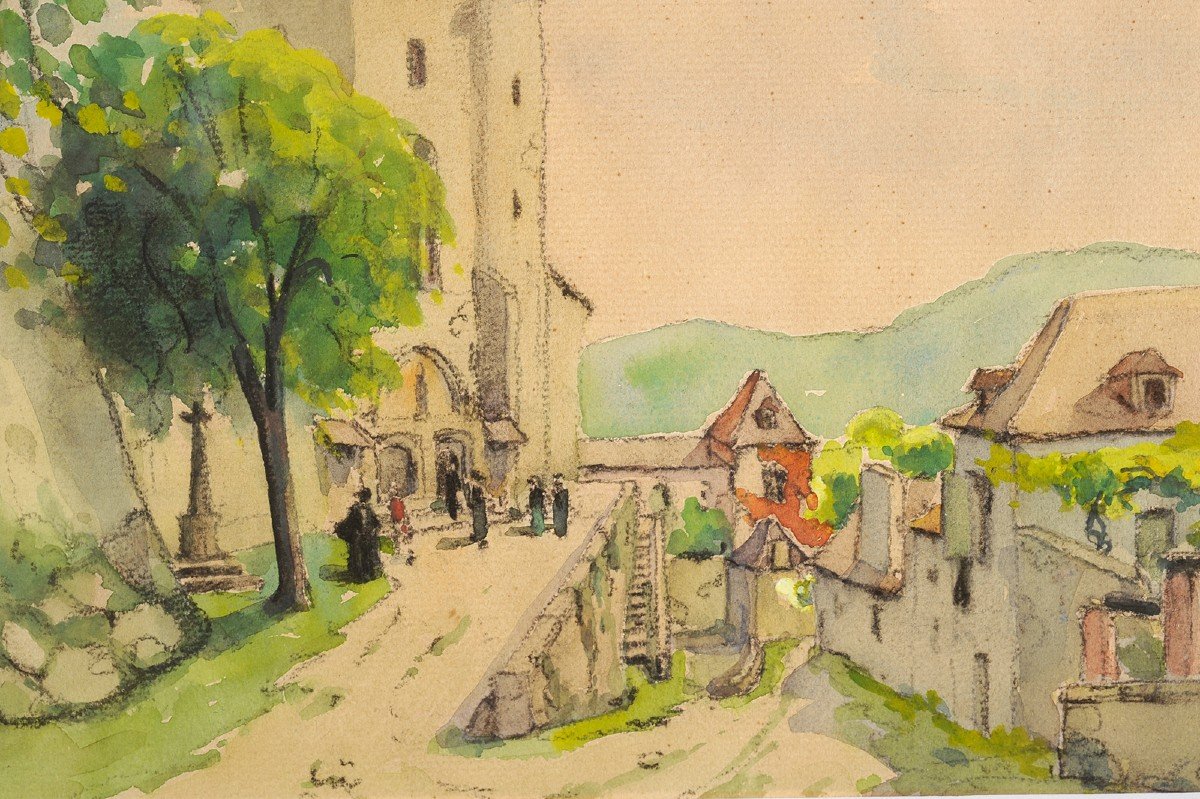







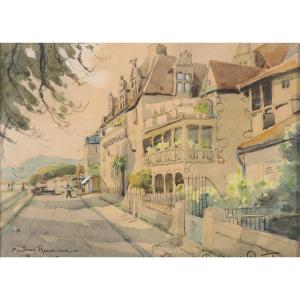

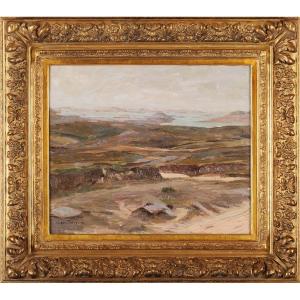




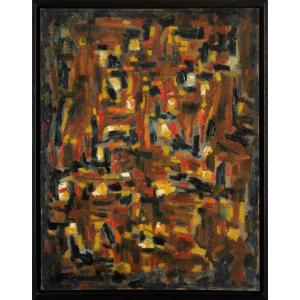
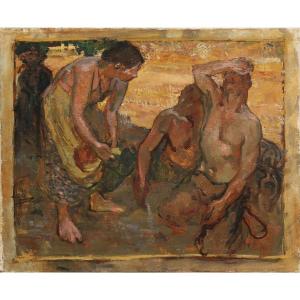
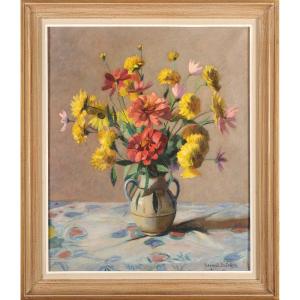



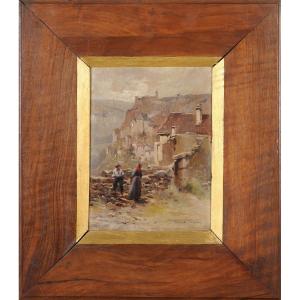








 Le Magazine de PROANTIC
Le Magazine de PROANTIC TRÉSORS Magazine
TRÉSORS Magazine Rivista Artiquariato
Rivista Artiquariato